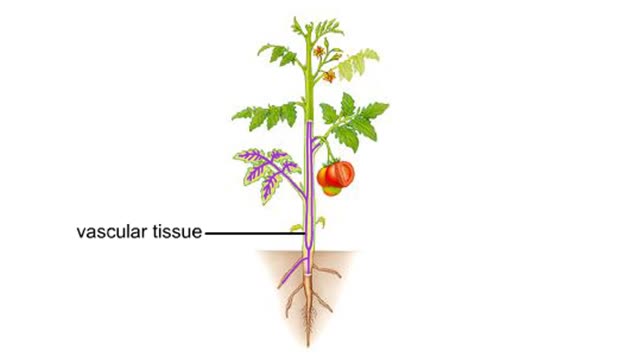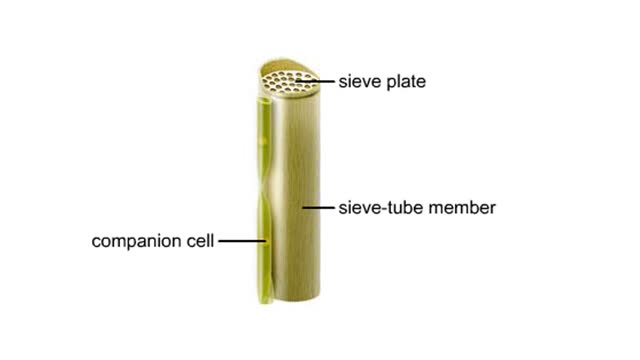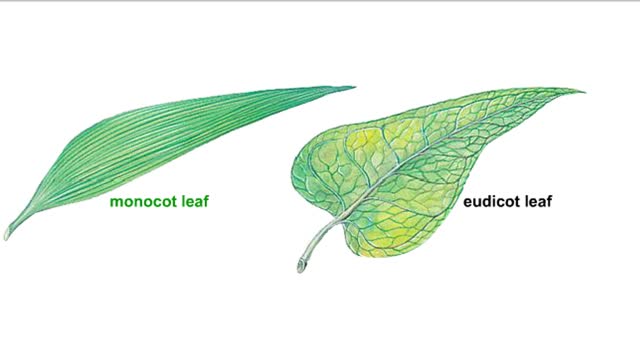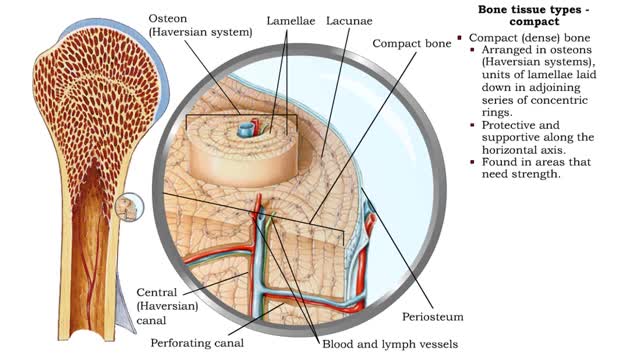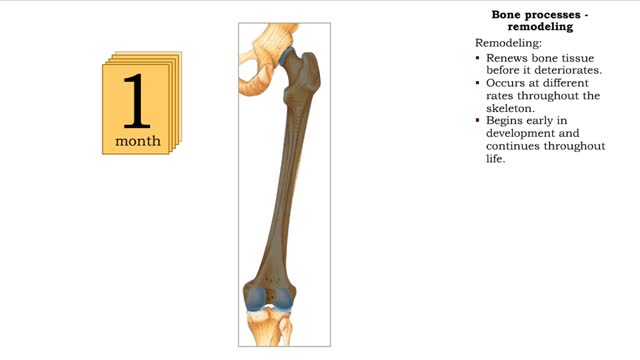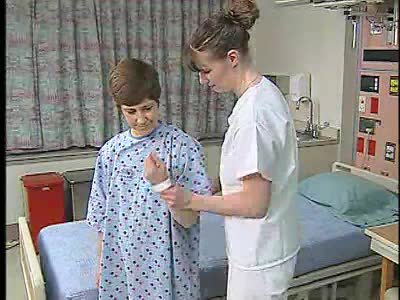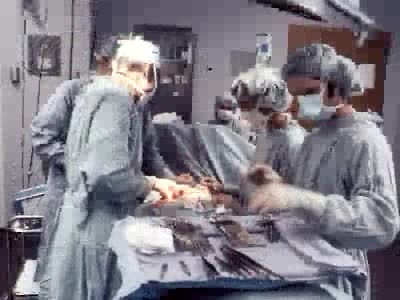Search Results
Results for: 'Vascular tissue'
By: HWC, Views: 5499
The bulk of the plant body is comprised of ground tissue. Vascular tissue threads through the ground tissue. It distributes water, solutes, and organic substances through the plant body. Dermal tissue covers and protects the surfaces of the root and shoot systems.
Vascular tissues in a corn stem and a buttercup root
By: HWC, Views: 5402
Vascular tissues in a corn stem and a buttercup root. The cells that make up each tissue. Xylem conducts water and dissolved ions. It also helps mechanically support a plant. The cells, called vessel members and tracheids, are dead at maturity. Their lignified walls interconnect and serve as p...
How eudicots (true dicots) differ from monocots Animation
By: HWC, Views: 5813
Most flowering plants are either monocots or eudicots. They have the same tissues, but slightly different features. Monocot seeds have a single cotyledon, or seed leaf. Eudicot seeds have two cotyledons. Monocot flowers usually have petals and other floral parts in multiples of three. Flow...
The primary factors that affect circulation - MABP, CO and SVR
By: HWC, Views: 11310
Introduction Blood flow is determined by the relative intensities of factors that drive and resist moving blood. • Cardiac output (CO) equals the mean arterial blood pressure (MABP, a driving force) divided by systemic vascular resistance (SVR, a resisting force). • Hormones and the cen...
The Pressure Flow Model in a Plant
By: HWC, Views: 10299
The vascular system of plants has two transport tissues, called xylem and phloem. Xylem transports water and minerals, while phloem transports a variety of dissolved substances, including sugars and amino acids, throughout the plant. Water in the xylem always moves up, in the direction from th...
Bone tissue types - compact and spongy
By: HWC, Views: 10913
Bone tissue types • There are two types of bone tissue: compact and spongy. • All the bones of the skeleton have both kinds of bone tissue. • Compact (dense) bone • Arranged in osteons (Haversian systems), units of lamellae laid down in adjoining series of concentric rings. • P...
Bone processes - resorption and deposition, remodeling and response to stress in adult bones
By: HWC, Views: 11159
• The process of remodeling bone tissues involves bone cells resorbing or depositing minerals into bone tissue. • During resorption, bone cells break down bone tissue and release calcium and other minerals for use by other cells in the body. • Bone cells also rebuild bone tissue by depo...
By: Administrator, Views: 13785
Atrophy is the partial or complete wasting away of a part of the body. Causes of atrophy include mutations (which can destroy the gene to build up the organ), poor nourishment, poor circulation, loss of hormonal support, loss of nerve supply to the target organ, excessive amount of apoptosis of c...
Introduction to Erectile Dysfunction
By: Administrator, Views: 366
Erectile dysfunction (ED), also known as impotence, is a type of sexual dysfunction characterized by the inability to develop or maintain an erection of the penis during sexual activity. Erectile dysfunction can have psychological consequences as it can be tied to relationship difficulties and se...
Advertisement



